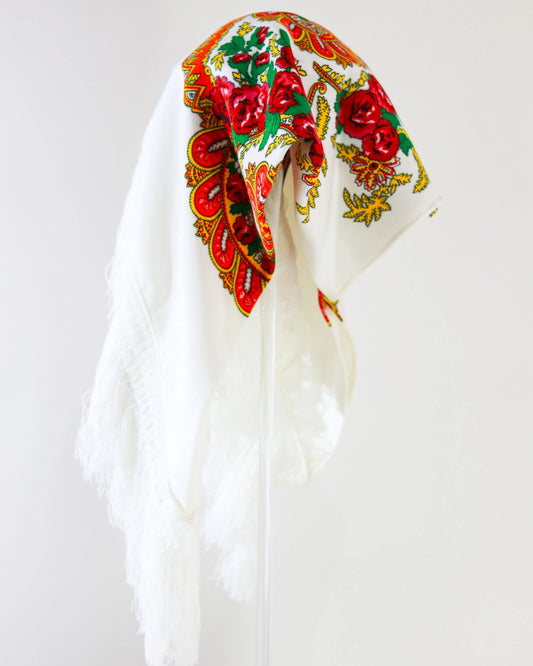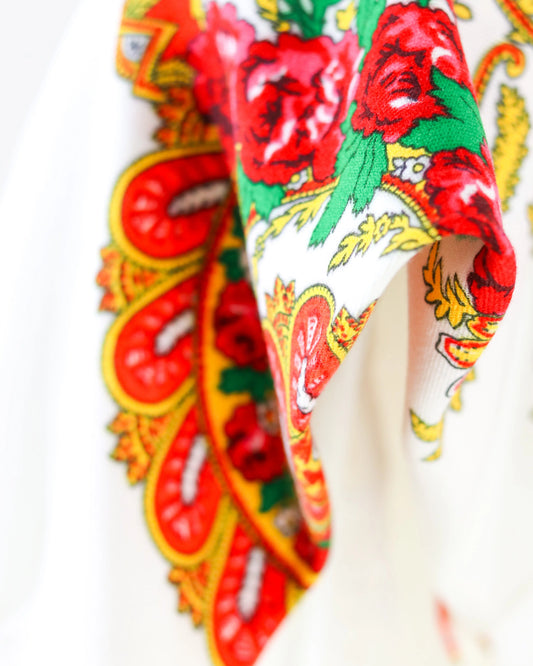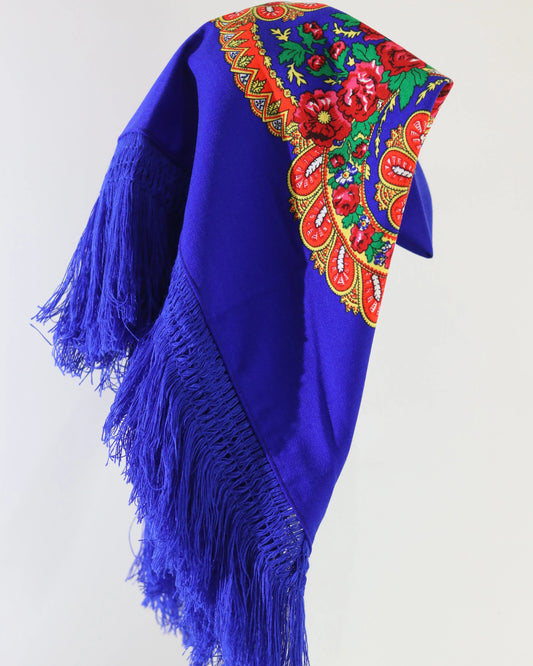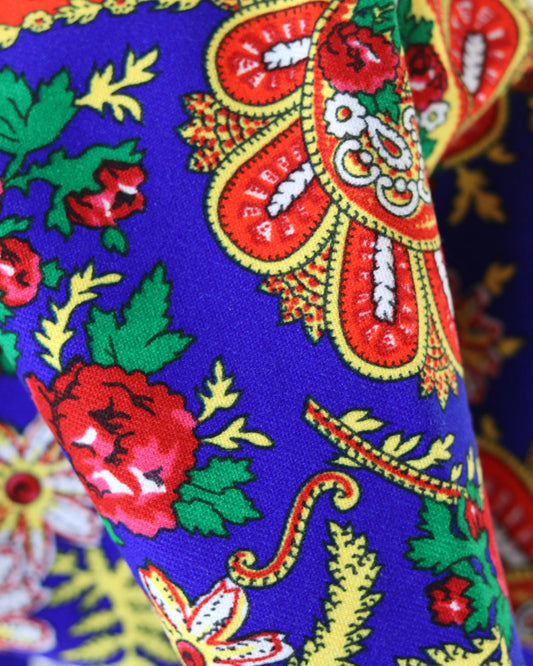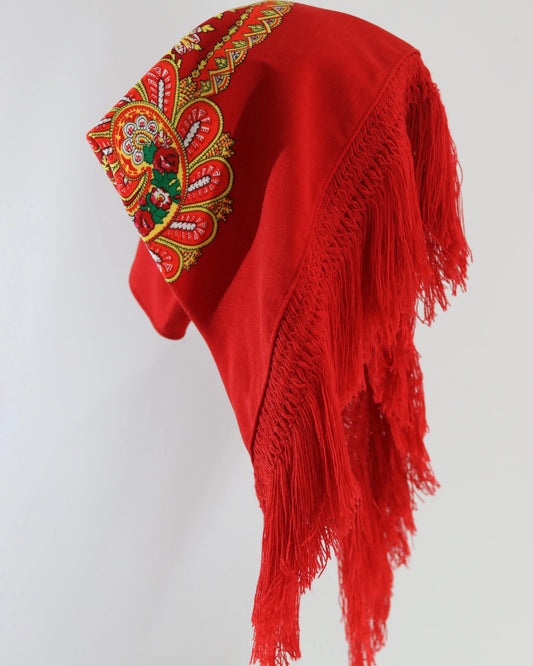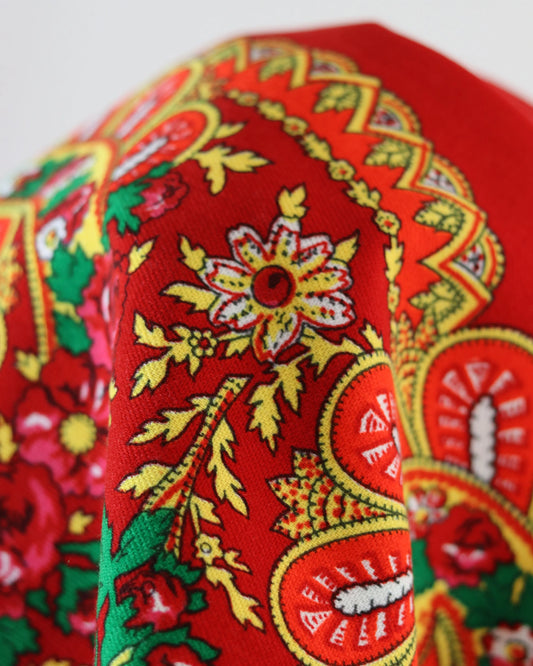Discover the most emblematic pilgrimages in Alto Minho
There are places where faith has a strong accent, where gold gleams in the sun and accordions set the beat of the night. In Alto Minho, the pilgrimage blends devotion and celebration, work and rest, sea and mountains. It's not just a calendar of processions. It's a way of life. And those who arrive feel, almost without realizing it, part of the procession.
What makes the pilgrimages of Alto Minho so unique?
- The strength of popular tradition, which doesn't stay confined to churches and takes to the streets.
- The unmistakable aesthetic: farmhand's attire, stewardesses with gold breastplates, red scarves, flower arches, tall, gigantic, big-headed floats.
- The music that never fades: Zés Pereiras, bass drums, philharmonic bands, spontaneous fights.
- Comforting cuisine, with smoked meats, sarrabulho rice, rojões, caldo verde (green broth) and vinho verde (green wine) to accompany.
- The landscape framing everything: the Atlantic, the Minho River, the Lima, the Serra d'Arga and Peneda.
Here, sacred and profane converse without ceremony. Promises are fulfilled barefoot, searches are conducted with candles in hand, and the festival lasts as long as the people's will.
Calendar in brief
A quick overview of some notable pilgrimages and their respective highlights.
| Pilgrimage | Location | When | Highlights |
|---|---|---|---|
| Our Lady of Agony | Viana do Castelo | Third weekend of August | Procession to the sea, procession of stewards, flower carpets, decorated boats |
| Saint John of Arga | Serra d'Arga, Caminha | End of August, long nights | A three-day, three-night festival, challenging dances, sleeping on the threshing floors |
| Our Lady of Peneda | Arcos de Valdevez | Beginning of September, with September 8th as the big day | Staircase and sanctuary, candles, luminous march |
| New Fairs | Ponte de Lima | Second weekend of September | Ethnographic processions, fire in the river, concertinas and raids |
| Coca-Cola Party | Monsoon | Corpus Christi (May/June) | Meeting of Saint George with Coca, dances and medieval procession |
| Our Lady of Bonanza | Anchor Beach Village | Early September | Maritime procession, blessing of vessels |
| Our Lady of Help | Vila Nova de Cerveira and Goián | First weekend of September | Cross-border pilgrimage, celebration on the Minho River |
| Our Lady of Faro | Valença | Second to last Sunday of August | Sanctuary on the hill, panoramic view, fairs and pilgrimage |
| Saint Bartholomew's Day Celebrations | Barca Bridge | August 19-24 | Rusgas, procession and riverside festival in Lima |
Dates may vary from year to year. The essential thing remains: intensity.
Viana do Castelo and the devotion that can be seen from afar
Our Lady of Agony is the soul of Viana. It all begins at dawn and culminates in the procession to the sea. Fishermen ask for protection, their nets are blessed, and the estuary fills with color. The city is adorned with flower carpets, triangles of carnations and marigolds that perfume the floats' path.
The procession of the stewards is a parade of beauty and identity. The stewards lift their chins, their gold breastplates sparkle, the Viennese attire reveals where one comes from and who one is. It's not about ostentation. It's about inheritance. It's a living treasure chest of families and offices.
At night, giants and big-headed people occupy squares and street corners, the river hosts fireworks, and the spotlight shifts to incursions. The party doesn't ask for permission. It bounces on the bass drums, spins on the concertinas, and often ends with the sun already shining.
Suggestion: Arrive early to see the city set up the mats and, if you can, watch the bands rehearse. Small rituals are as valuable as the big moments.
São João d'Arga, the village that never sleeps
In the seclusion of the mountains, the sanctuary of São João d'Arga hosts a pilgrimage of resistance. Walkers from various villages arrive, some by promise, others by tradition. Makeshift tents are set up, frying pans are filled with firecrackers, the vinho verde (green wine) flows, and the music never stops.
Three days and three nights. So many people choose to sleep on the ground, on the threshing floors, next to centuries-old granaries. The ballet is rustic, the joy direct, the challenges on the microphone arise without much formality. It's a celebration of authenticity.
First-time visitors are immersed in the village atmosphere, even in the heart of the mountains. There's no ceremony, and there's respect. Those who promise, keep their promises. Those who dance, invite. Those who sing, lead the others.
Senhora da Peneda and the staircase that leads to another time
In the recessed valley of Peneda, the sanctuary with its grand staircase and statues of the virtues rises among waterfalls and boulders. Arriving is a bit of a miracle in itself. The silence of the mountain contrasts with the hustle and bustle of the festival that takes over the churchyard in September.
The village candles, the luminous march with candles, the successive masses, and the kneeling vows on the steps create an atmosphere of recollection and celebration. Street vending is ancient: crockery, blankets, wooden toys, smoked meats. Everything at its own pace.
Peneda offers a rare luxury: between Mass and a glass of wine, the view sweeps across the Soajo Mountains and the National Park. Bring comfortable shoes and time to walk to the nearby lagoon.
Ponte de Lima and the Feiras Novas that make the town vibrate
In Ponte de Lima, the Feiras Novas are the heart of the season. The riverside village, serene the rest of the year, is filled with concertinas, drums, and vendors. The ethnographic procession condenses crafts, costumes, dances, and luxuries. It's a living lesson on Alto Minho.
At night, fireworks fall over Lima, reflected in the water, with houses watching. The beats carry from street to street and last until it's exhausting. Some argue that the dancing here is better. That discussion is for another night.
A little culinary note that makes all the difference: try the Ponte de Lima-style sarrabulho rice. A festive flavor, a plentiful table, and a lasting memory.
Monsoon and the fight with Coca
Corpus Christi in Monção is marked by legend. Saint George encounters Coca, a mischievous dragon who frightens and provokes. The confrontation, on horseback and with great fanfare, enlivens the streets and excites children and adults alike. In the end, the saint's victory symbolizes the power of faith over fear.
But the festival isn't just about Coca. There are dances, historical processions, local cuisine, and, of course, Alvarinho. The square becomes a gathering place. Those who enjoy traditions with medieval flair will find a rare moment here.
Vila Praia de Âncora, the faith that goes out to sea
The Feast of Our Lady of Bonanza honors the sea and those who live from it. The procession isn't content with dry land. Decorated boats carry the image through the mouth of the river, with flags, quilts, and flowers decorating balconies and bows. The priest blesses the vessels, asking for protection for their work.
The village takes on a special glow. Fresh fish arrives quickly on the grill, tables stretch out onto the street, and music plays along with the Atlantic breeze. It's a scene that lingers in the memory. And it smells of the sea air.
Vila Nova de Cerveira and the invisible bridge of Ajuda
Here, the pilgrimage stretches across two banks. In Vila Nova de Cerveira and Goián, in Galicia, Our Lady of Help is celebrated with an ancient harmony. The Minho River is both stage and road. There are processions, family gatherings on both sides, and a celebration that is recognized as common.
As night falls, lights reflect on the water and fire traces arcs across the sky. The feeling is simple: borders exist on maps, but not in the rhythm of accordions.
Valença and the Faro sanctuary
Monte do Faro, overlooking Valença, hosts a pilgrimage with sweeping views. The sanctuary brings together families, emigrants returning from vacation, and residents of neighboring parishes. The churchyard is filled with stalls, bands play in the bandstand, and the greenery creates a welcoming atmosphere.
Up above, the Galician plain stretches as far as the eye can see, with Tui standing out in particular. It's worth combining the pilgrimage with a tour of the Valença fortress. The afternoon is always a great one.
Ponte da Barca and the taste for the street
The Saint Bartholomew festivities in Ponte da Barca bring Lima warm, crowded nights. The rallies fill the shore, the festival continues, and the procession winds its way solemnly and closes along the river. Everyone participates, even if just for a quick dance.
Local cuisine is a must: Lima trout in season, well-seasoned rojões, caldo verde that reaches where it needs to.
Practical tips for experiencing a pilgrimage like a local
The secret lies in the right preparation and the right mindset. Here are some tips:
- Go early to park without stress and feel the party building.
- Comfortable clothes and a jacket for the early mornings in the mountains.
- Cash only. Not all stalls have ATMs.
- Respect during worship. Hats off in churches, silence during processions.
- Reusable cup and trash bag. Keeps everything cleaner.
- Set up meeting points. In the crowd, cell phones fail.
Travelers with children will always find plenty of fun, carousels, and treats. And plenty of street space to burn off some energy.
Pilgrimage flavors that tell stories
Tasting is part of the experience. In Alto Minho, the table speaks with its own accent:
- Sarrabulho rice Ponte de Lima style.
- Minho-style pork belly, with turnip greens and sarrabulho porridge in cold weather.
- Caldo verde with sausage, served at dawn.
- Lamprey from the Minho River between January and April, for those visiting outside the summer season.
- Octopus and sardines baked on the coast, always fresh.
- Sweets: Torta de Viana, sidônios, Christmas scrambled eggs when the season calls for it.
- Vinho verde: Alvarinho in Monção and Melgaço, Loureiro in Ponte de Lima, Trajadura and Arinto to accompany.
A little tip: ask around at the oldest tavern in the neighborhood. That's where you'll learn half of what the pilgrimage means.
Music, dance and symbols to be recognized
There's no pilgrimage without music. And there are some codes worth knowing:
- Zés Pereiras: groups of drums and snare drums that announce the festival from parish to parish.
- Rusgas: groups of friends who sing and dance all night long, from tavern to tavern.
- Giants and big heads: tall figures and paper heads that entertain children and adults.
- Stewardesses: women in rich attire and gold breastplates, guardians of a family heritage.
- Dawn: morning bell, often with fireworks, signaling that the party starts early.
These signs allow us to read the pilgrimage as if it were a book. It's a living grammar, shared across generations.
Possible itinerary for a week in August and September
- Day 1: Valença, Nossa Senhora do Faro. Climb to the sanctuary, afternoon at the fortress, dinner overlooking Tui.
- Day 2: Viana do Castelo, Senhora da Agonia. Flower carpets in the morning, procession to the sea, night of drumming.
- Day 3: Caminha, São João d'Arga. Arrival in the afternoon, sleeping on the threshing floors or nearby, experiencing the village without a clock.
- Day 4: Active rest. Beach in Afife or Moledo, snacks, trip to Santa Luzia Hill.
- Day 5: Vila Praia de Âncora, Bonança. Maritime procession and grilled fish in the late afternoon.
- Day 6: Ponte de Lima, Feiras Novas. Ethnographic procession and fire on the river. Sarrabulho rice for lunch.
- Day 7: Arcos de Valdevez, Senhora da Peneda. Sanctuary, staircase, mountain walk and luminous march.
Flexible, realistic, and with room for improvisation. Like the best pilgrimages.
Photographic etiquette and respect for the sacred
Taking pictures is natural, and sharing is natural too. A few rules help maintain balance:
- Avoid flashing in churches and during communion.
- Ask permission to photograph butlers and costumes, especially during intimate moments of preparation.
- Don't interrupt processions. The best photos are taken from the side, calmly and at a distance.
- Be careful with drones. Not all parties allow them, and safety is paramount.
The pilgrimage is a living heritage. Those who participate help preserve it.
Sustainability without losing the charm
Tradition and care for the land can go hand in hand:
- Shared transport or train when possible, especially to Viana and Valença.
- Reusable water bottle and avoid disposables.
- Prefer local products: smoked meats, bread, crafts.
- Respect the fauna and flora in mountain areas such as Peneda and d'Arga.
Small gestures scale when the crowd is large.
Useful vocabulary for those arriving from abroad
- Andor: ornate structure that carries the image of the saint.
- Círio: organized group of devotees who go on pilgrimage together.
- Procession to the sea: blessing of boats on the coast.
- Steward: woman who represents the parish in traditional attire and gold.
- Rusga: informal group that sings and dances at night.
- Dawn: formal start of the festive day, with a drumbeat and fireworks.
Knowing the names of things opens doors and smiles.
Quick month-by-month guide
- May and June: Coca Festival in Monção on Corpus Christi Day. Minho takes on medieval tones, and Alvarinho wine invites conversation.
- August: Senhora da Agonia in Viana, Valença in Monte do Faro, Ponte da Barca in São Bartolomeu. Long nights, crowded beaches, summer at its peak.
- End of August: São João d'Arga in the mountains. Three days of continuous socializing.
- Early September: Our Lady of Peneda in Arcos de Valdevez, Our Lady of Bonança in Âncora, Feiras Novas in Ponte de Lima, Our Lady of Ajuda in Cerveira. The heat subsides, but the festival maintains its momentum.
Those who choose any of these dates will find Alto Minho with its doors open, faith visible and joy in their ears. The pilgrimage calls by name, and the echo extends from square to square, from bridge to bridge, from ditch to ditch. It's hard to leave without planning your return.

